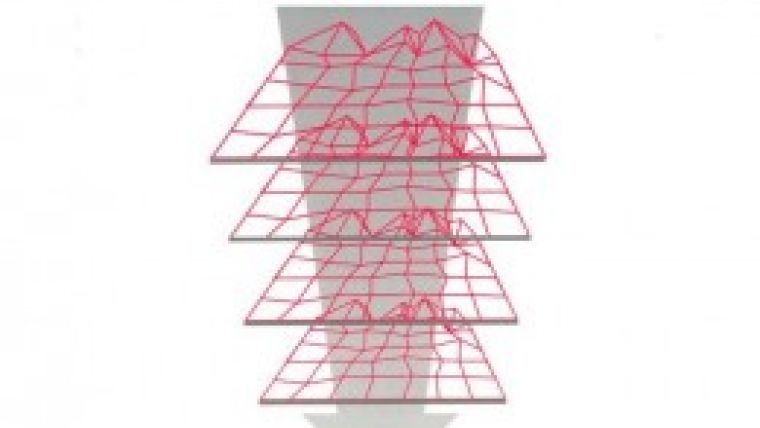Cadastre 2014: Nineties, Nexus and Next
Relevant Today and Tomorrow?
Cadastre 2014 is a unique phenomenon in the land administration domain. Its striking simplicity enables it to speak to policymakers, managers and technicians alike. It enjoys an almost unprecedented role in guiding global land administration discourse, and has done so for almost two decades. In countless countries its impact upon land administration design is profound. But what about the decade ahead? Will Cadastre 2014 remain relevant? Is a new Cadastre 2014 required? What might drive such a vision? What would it include? Recent issues of GIM International have tackled these questions, as did a dedicated session and accompanying publication at the 2014 FIG International Congress in Kuala Lumpur, Malaysia. So, what comes next?
At the heart of Cadastre 2014 lie six visionary statements. Most observers would agree that these are still relevant in 2014. Statement 1, relating to the breadth and nature of rights recorded in cadastres, remains a central point of discussion in most developed economies. Likewise, many countries are still grappling at a strategic level with Statement 2: the need and requirement to merge mapping and registration components. The bold declarations in Statements 3 and 4, regarding the death of mapping, pen and paper, are largely correct for many contexts; however, many emerging economies continue to use manual approaches. Discussions focus on how and when a sustainable move to modelling and computerisation might be achieved. Meanwhile, in this post-New Public Management era, the relative benefits of utilising the private sector in land administration activities, as outlined in Statement 5, remain hotly contested. The same applies to the need for cost recovery as mentioned in Statement 6. Whilst examples of self-financed ‘business-like’ cadastres can be cited, many organisations continue to be funded through conventional means.
Although the ongoing relevance of Cadastre 2014 appears indisputable, the assuredness of the original statements is clearly up for debate. For various reasons, not all countries have fulfilled the statements. Moreover, many contexts may have no desire to implement them (yet). This tension represents strength in Cadastre 2014: the conviction in the statements provokes land administrators to take a position, which in turn promotes robust and critical discussion on the nature and design of the land administration system in question. Avoiding implementation of Cadastre 2014 neither implies failure for a country nor irrelevance for Cadastre 2014. It merely demonstrates that context matters. Since its publication in the late 1990s, increasing acknowledgement has been afforded to the importance of recognising local circumstances in land administration design. This philosophy, now embedded in the concepts such as ‘fit for purpose’ and the ‘continuums of land rights and recording’, can partially be ascribed to the provocative nature of Cadastre 2014. In this regard, Cadastre 2014 will continue to retain relevance.
Meanwhile, Cadastre 2014 should not be reduced to its six statements alone. Behind the statements lie significant amounts of data capture and analysis. This work focused on synthesising the nature and design of many national and state land administration systems. It remains one of the more comprehensive efforts to benchmark global land administration activities. It acts as a touchstone for the range of new land administration evaluation tools being developed in the contemporary era: ones that go beyond the strategic, managerial and operational aspects of cadastres to consider actual societal outcomes. This development is perhaps the most important legacy of Cadastre 2014.
Read the full article in the online edition of GIM International.

Value staying current with geomatics?
Stay on the map with our expertly curated newsletters.
We provide educational insights, industry updates, and inspiring stories to help you learn, grow, and reach your full potential in your field. Don't miss out - subscribe today and ensure you're always informed, educated, and inspired.
Choose your newsletter(s)
























